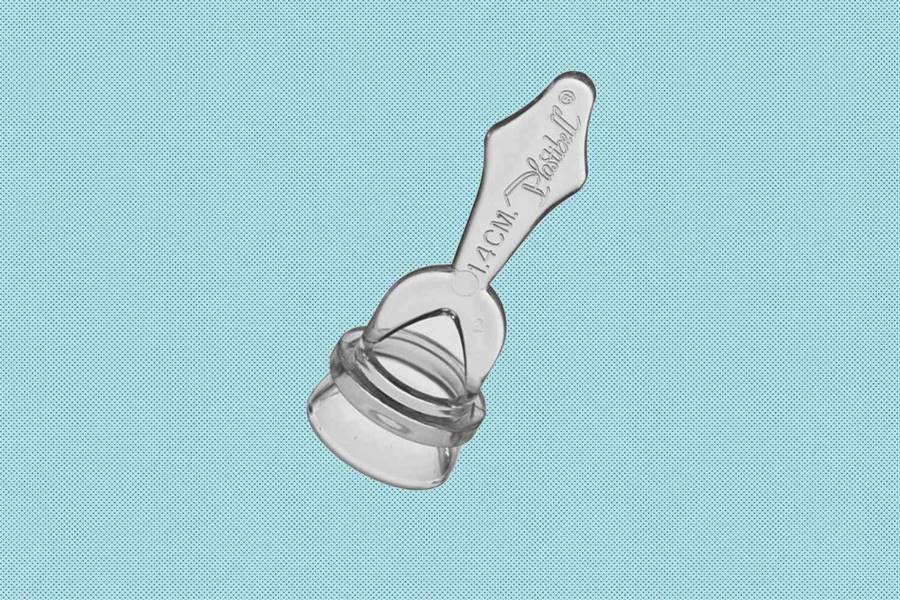


Some of the reasons parents may choose infant circumcision are for religious, ethical, or cultural reasons. There can also be potential health benefits of circumcision, including a decreased risk of , STD transmission, and penile cancer, says Vanessa Elliott, M.D., a urologist at UCP Urology of Central PA, Inc.
If you choose for your baby, doctors will determine the best method for the procedure. There are different ways to perform a circumcision, but the three most popular methods use the Gomco Clamp, the Mogen clamp, and the Plastibell device.
Procedures with the Gomco clamp and the Mogen clamp rely on a probe to separate the foreskin from the head, a clamp, and a tool to remove excess foreskin. But the Plastibell technique differs in tools and technique—and it leaves the newborn with a plastic ring on the penis that falls off naturally after 7-10 days.
Here's everything parents need to know about Plastibell circumcision, including newborn care and healing stages.
Here are the major steps involved in a Plastibell circumcision.
The baby is placed on a flat surface with arms and legs placed out of the way.
The doctor will give the baby a pain killer—usually either a topical cream or lidocaine injection. The baby might also take sugar water to relieve unnecessary discomfort during the procedure.
The doctor separates the foreskin from the penis head with a probe.
An appropriately-sized plastic ring is inserted underneath the foreskin.
The foreskin is stretched over the plastic ring, and it's secured with a suture (sterile string) to stop blood flow.
The plastic ring remains on the penis until foreskin falls off naturally in 7-10 days. During this time, the may darken around the ring.
While some parents stay in the room during the procedure, others elect to not watch the procedure.
A baby will probably cry during and after the circumcision, but will experience little distress, says Dr. Elliot.
You might notice swelling or bruising on the penis after a Plastibell circumcision, and the penis might develop a yellow-ish discharge. These are normal side effects that should go away in a few days.
Every circumcision comes with a risk of bleeding or infection. However, the Plastibell technique does carry a as compared to other types of circumcision. Other more serious complications include scarring, fistulas, and deformation are very rare, according to the
. You should call your doctor f your baby is bleeding profusely, , or doesn't urinate within eight hours of the circumcision. Also let your doctor know if you see any redness spreading toward the stomach or black/blue coloring on the penis.
Some complications are specific to the Plastibell circumcision technique. According to a 2011 study published in , the most common complication happens if the ring is not properly placed, resulting in incomplete circumcision. Again, complications are rare, but don't hesitate to share any concerns with your doctor.
Your doctor or mohel (someone trained to ) will give specific instructions for circumcision aftercare. Clean the penis with warm at every —especially if the baby has a poopy diaper. Avoid using baby wipes on the penis because they may sting. Wash the penis during sponge baths, and apply Vaseline or Neosporin directly on the tip of the penis so the wound doesn't attach to the diaper, says Dr. Elliot.
With a Plastibell circumcision, parents shouldn't pull on the plastic ring on the penis. It will fall off on its own in about 7-10 weeks. Let your doctor know if it stays on past 10 days, or if it seems to slip down the penis shaft.
Deciding to circumcise your newborn is a personal decision. To learn more about the procedure, as well as the various pros and cons of circumcision, .

